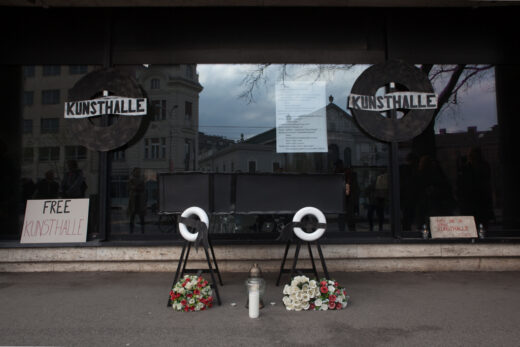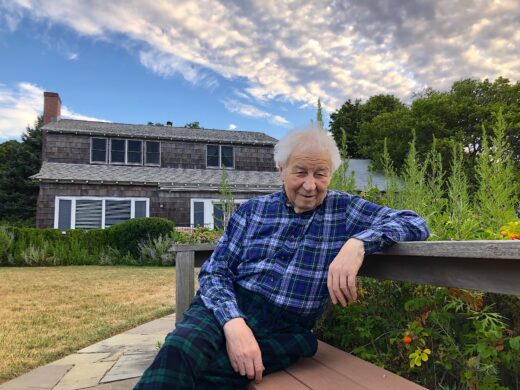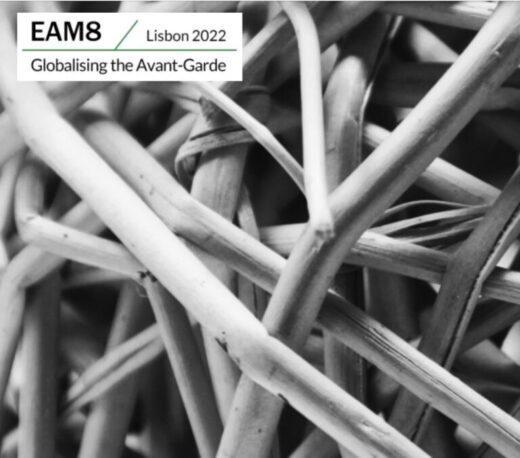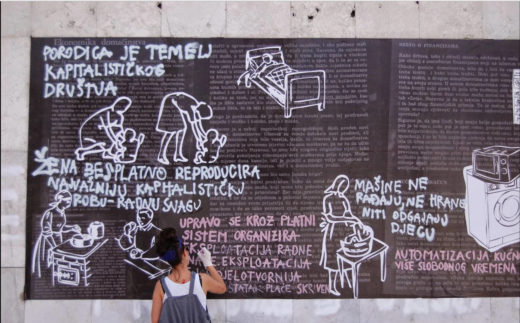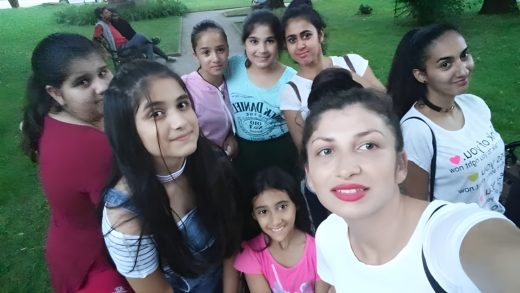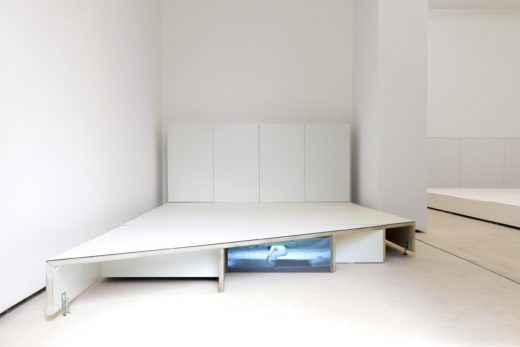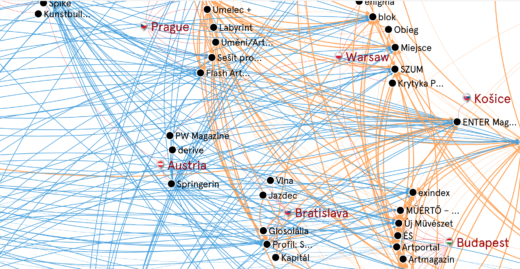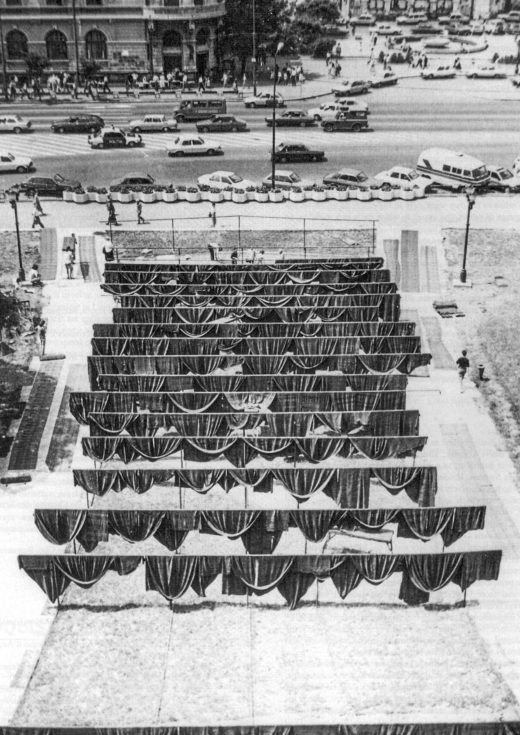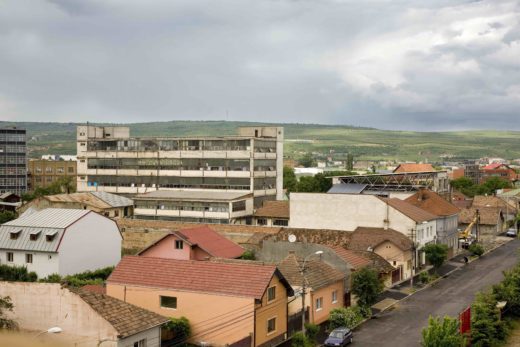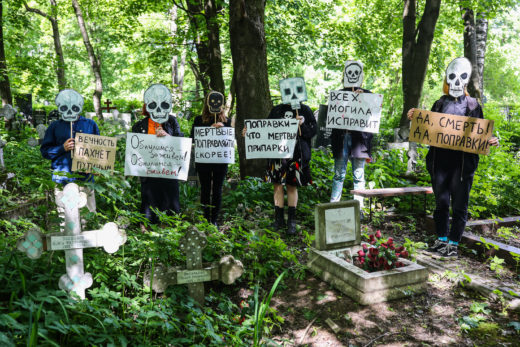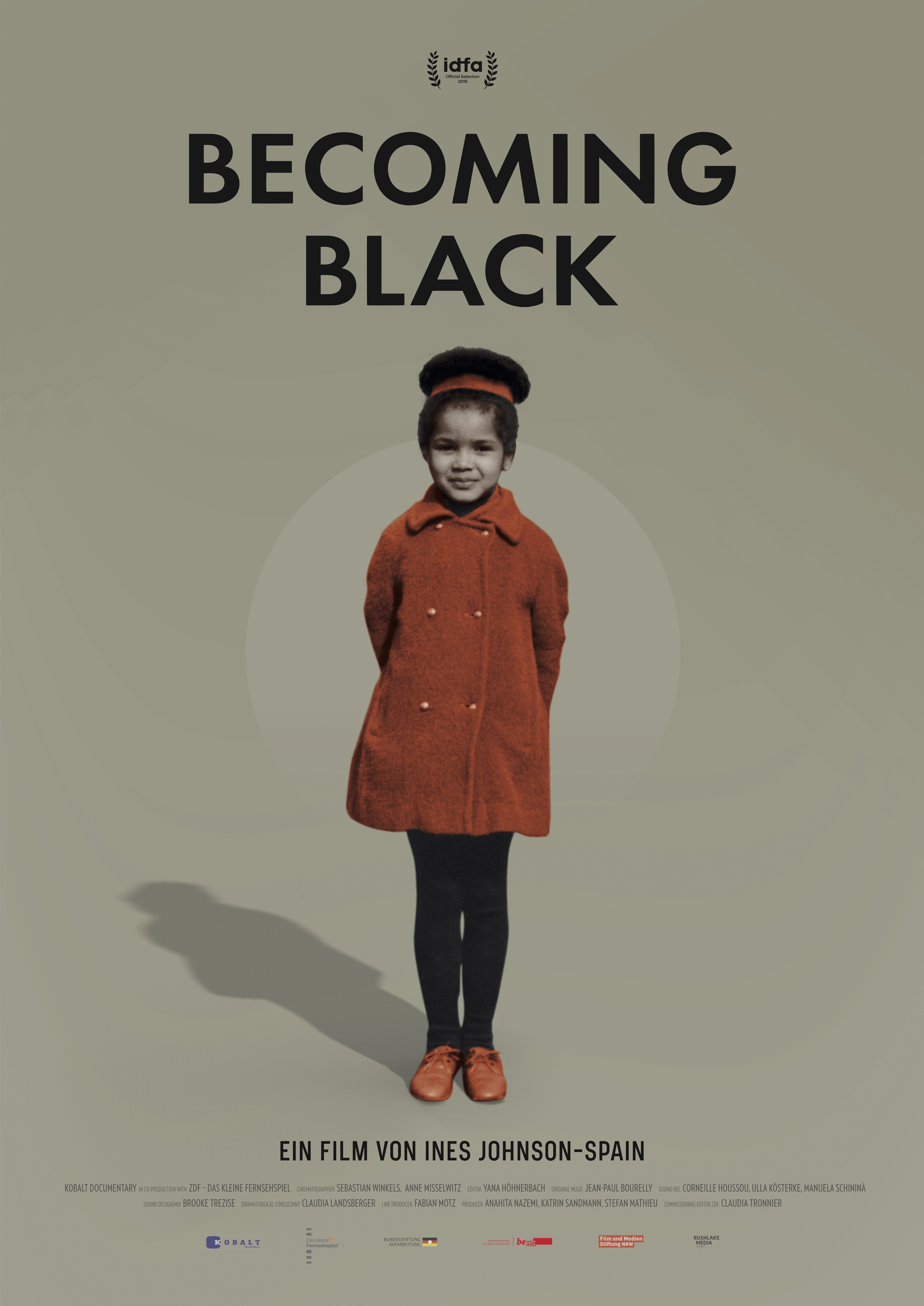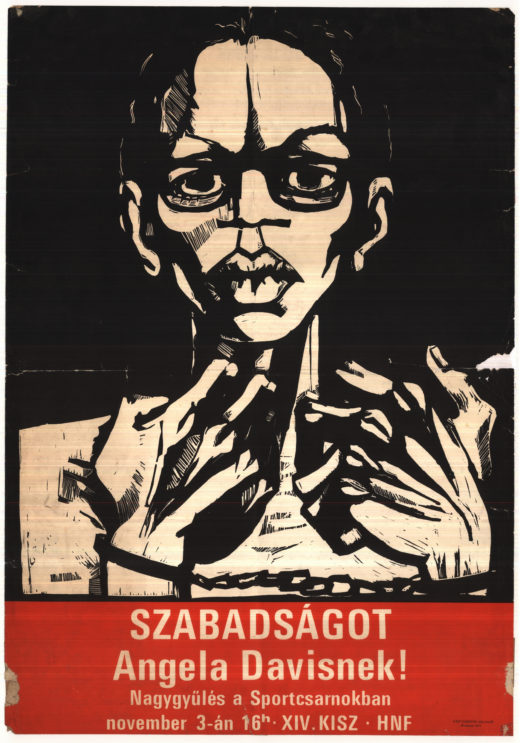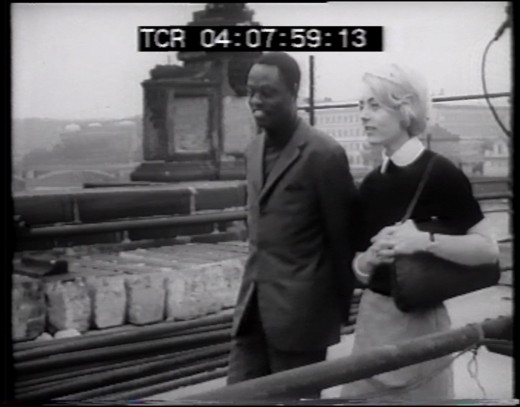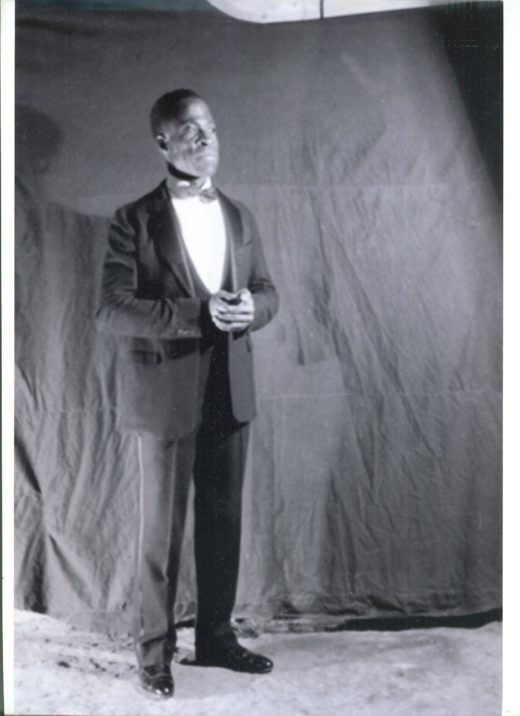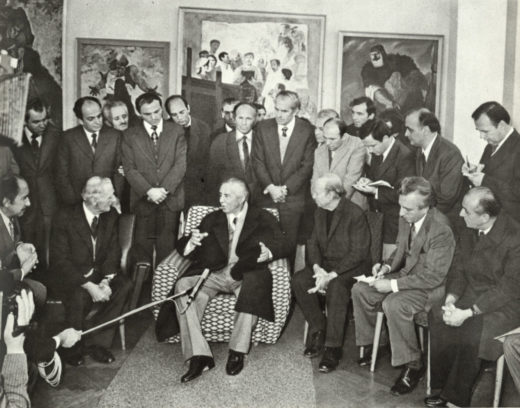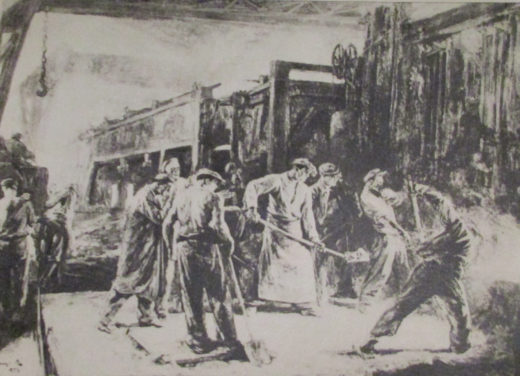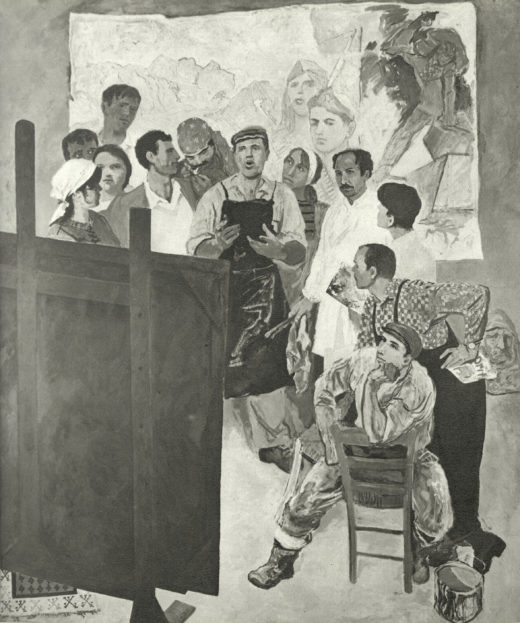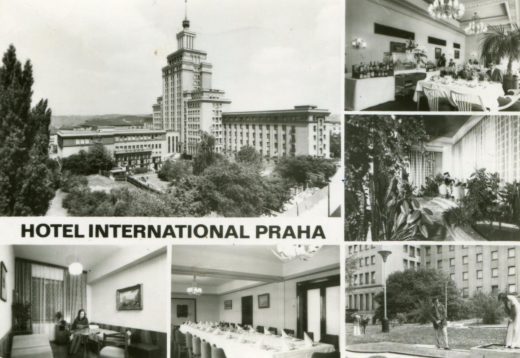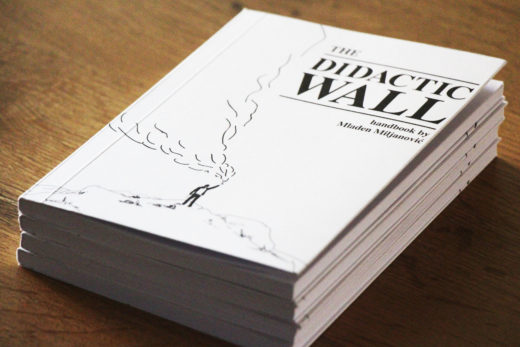“Ende statt Wende”: Ruth Wolf-Rehfeldt’s Typewritings and the Critique of German Reunification
When checking the mail in either of the two Germanys in February 1990, one might have expected to find the usual mixture of bills and junk, as well as personal correspondence and official letters. More unusually, the mailbox might have contained an SOS message: “This is a cry for help!” Written as a plea for support, notably in English, this short text called on individuals to write to the parliamentary bodies of the German Democratic Republic (GDR) and Federal Republic of Germany (FRG), and decried the destruction of “social circumstances and rights” in the GDR. This distress signal had been … Read more


